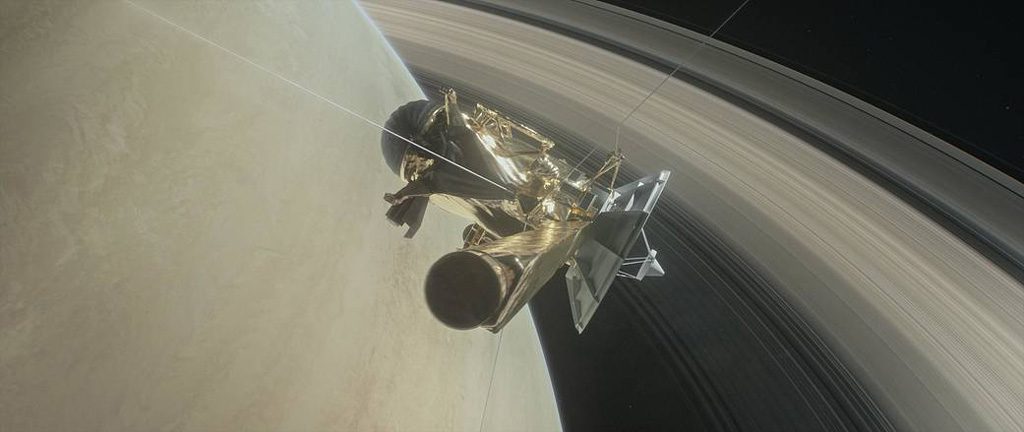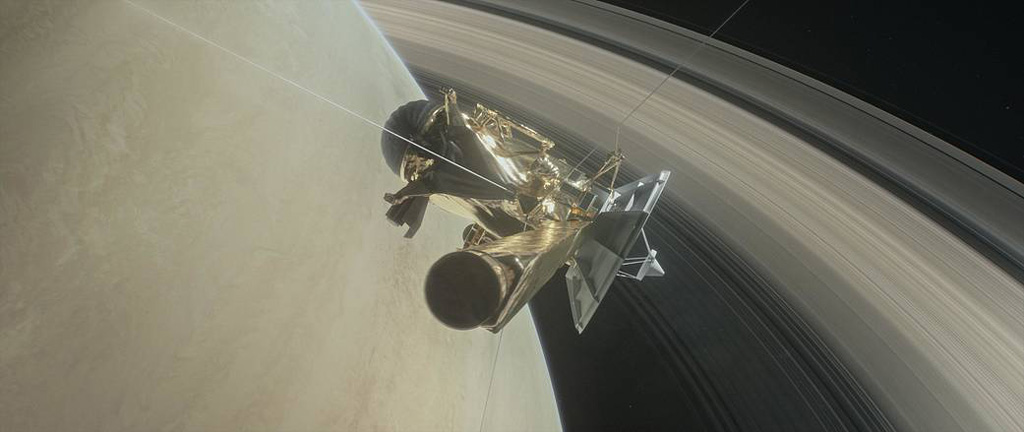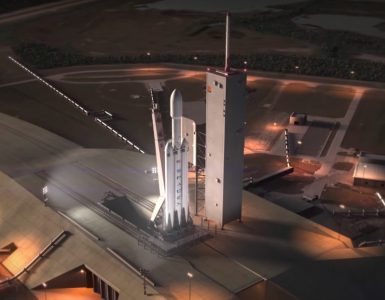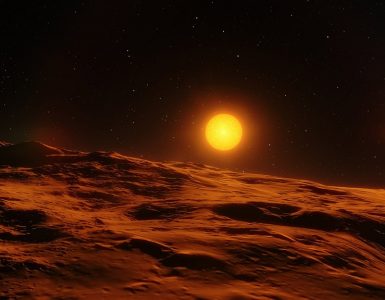The Cassini spacecraft has been on the job for 20 years and the time for retirement has come. It was launched in October 1997 and its store of fuel is now nearly depleted. It took scientists over three decades to design the spacecraft and plan the mission to explore Saturn, and it took the spacecraft seven years to reach Saturn.
Cassini reached orbit around Saturn in 2004 and has been sending home loads of interesting information about the gas giant, its rings and its array of moons ever since. Scientists have been able to observe Saturn more closely than ever before because of Cassini. But time is now running out for the Spacecraft and September 15th of this year will be the day its journey ends. In its 13 year long journey around Saturn it helped identify seven more satellites of Saturn. It also found evidence that Saturn’s moon Enceladus contained geysers that produce liquid water, and detected the presence of a warm saltwater ocean under the icy surface of the moon.

NASA explained in a press conference the reason why Cassini needs to take a fatal nosedive into Saturn. Ironically Cassini has to die because of its own discoveries. The discovery of warm saltwater in Enceladus is the event that is prompting the scientists to send Cassini into a collision course with Saturn. They are afraid that if Cassini’s fuel dried up, it could accidently crash into Enceladus which has potential to support life and contaminate it.
Earl Maize, an engineer at NASA’s Jet Propulsion Laboratory (JPL) said, “We cannot risk an inadvertent contact with that pristine body,” Maize said. “Cassini has got to be put safely away. And since we wanted to stay at Saturn, the only choice was to destroy it in some controlled fashion.”
Scientists from over 19 countries have contributed to the mission and they are not letting this $3.26 billion spacecraft die without making the most of it. Scientists controlling Cassini had plotted out the best course of journey for Cassini around Saturn, long before it reached the planet in 2004. Their goal was to get as many flybys around the planet and its satellite as possible without burning up all the fuel or putting Cassini too close to the strong magnetic field of the gas giant.
NASA decided around 2010 that they wanted to keep the probe in the vicinity of Saturn even though they had the option to take it farther away to Uranus or Neptune. This was done for the sake of science as the scientists believe that there was a lot more they can learn about Saturn if Cassini hung around.
So, now scientists are sending Cassini to certain doom but it will go out in a blaze of glory. The grand finale will begin on April 22nd when the spacecraft will fly by Titan, the gravity of the moon will slingshot Cassini and put it very close to Saturn. During those final orbits around the planet, Cassini will be closest to Saturn and is expected to send amazing images of Saturn’s poles to Earth. Scientists are hopeful that they will get answers to many questions such as the composition of Saturn’s rings, the size of the planet’s rocky core etc.
The spacecraft was never meant to end this way not when the scientists first planned the mission, so the sensitive instrument carried by the probe was not designed to stand up to a collision with Saturn’s rings or the planet itself. Scientists are now working around the clock to shield the instruments so that the data keeps coming till the very end. They are planning to use the cone shaped primary antenna to absorb some of the damage. They also have quite a few contingencies in place to deal with any unwelcome surprises. During its final descent, the last drags of fuel will be used to keep the antenna pointed to Earth so that it can send back all the information it will be gathering in those final moment about the planet’s atmosphere.





















